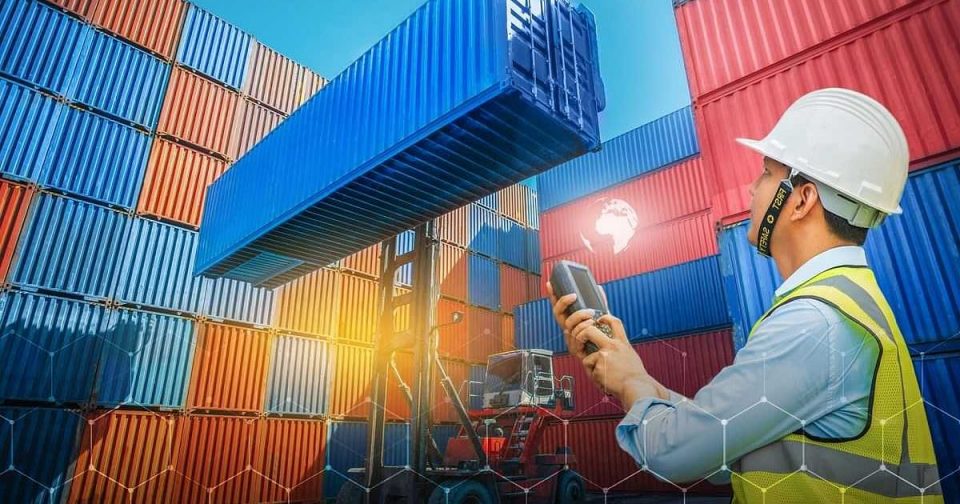The global telematics enabled container equipment fleet is forecast to grow 8-fold over the next 5 years and account for 25% of global box inventories by 2026, driven by wider adoption across the dry container fleet.
This is one of the main conclusions from Drewry’s latest Container Census & Leasing Annual Review & Forecast 2022/23 report, to be published later this month.
Smart containers have increased in prominence following the onset of the Covid-19 pandemic and resultant supply chain disruption which has highlighted the need for better cargo visibility to cope with longer and more volatile transit times.
And the pace of adoption of smart containers is expected to accelerate over the next five years.
A container becomes “smart” when fitted with a telematics device that provides real-time tracking and monitoring, enabling operators to increase turn time of their containers and so improve equipment availability.
It also allows beneficial cargo owners (BCOs) to understand the location and status of their cargo so that they can better control their supply chains.
There are a number of factors driving this market growth. Continued supply chain disruption and port congestion, which show no sign of abating, are driving the need for improved visibility of cargo flows and container fleet management.
Carriers are flush with cash to invest and see opportunities to improve the efficiency of their operations through the deployment of smart containers.
DHL to Operate Honor’s Smart Devices Distribution Hub in Middle East
Drewry estimates that by the end of 2021 around 3.6% of the global container equipment fleet was fitted with smart technology devices following growth of over 30% through the year.
However, take-up varies considerably by equipment type, with penetration already strong in reefer and intermodal containers but much lower in the dry box sector.
Already as much as a third of the maritime reefer container fleet is smart-enabled, while the figure is over 40% for intermodal containers, according to Drewry estimates.


